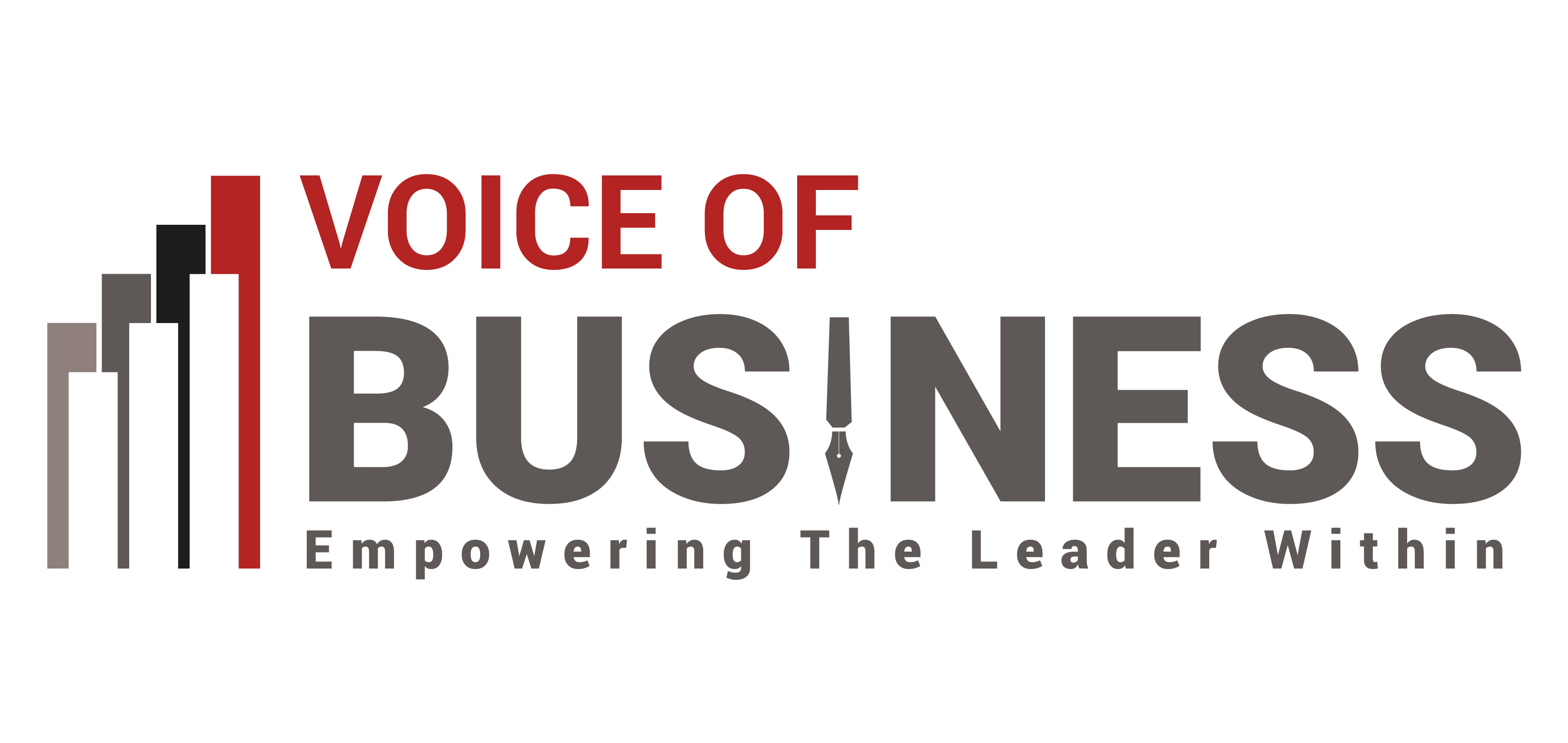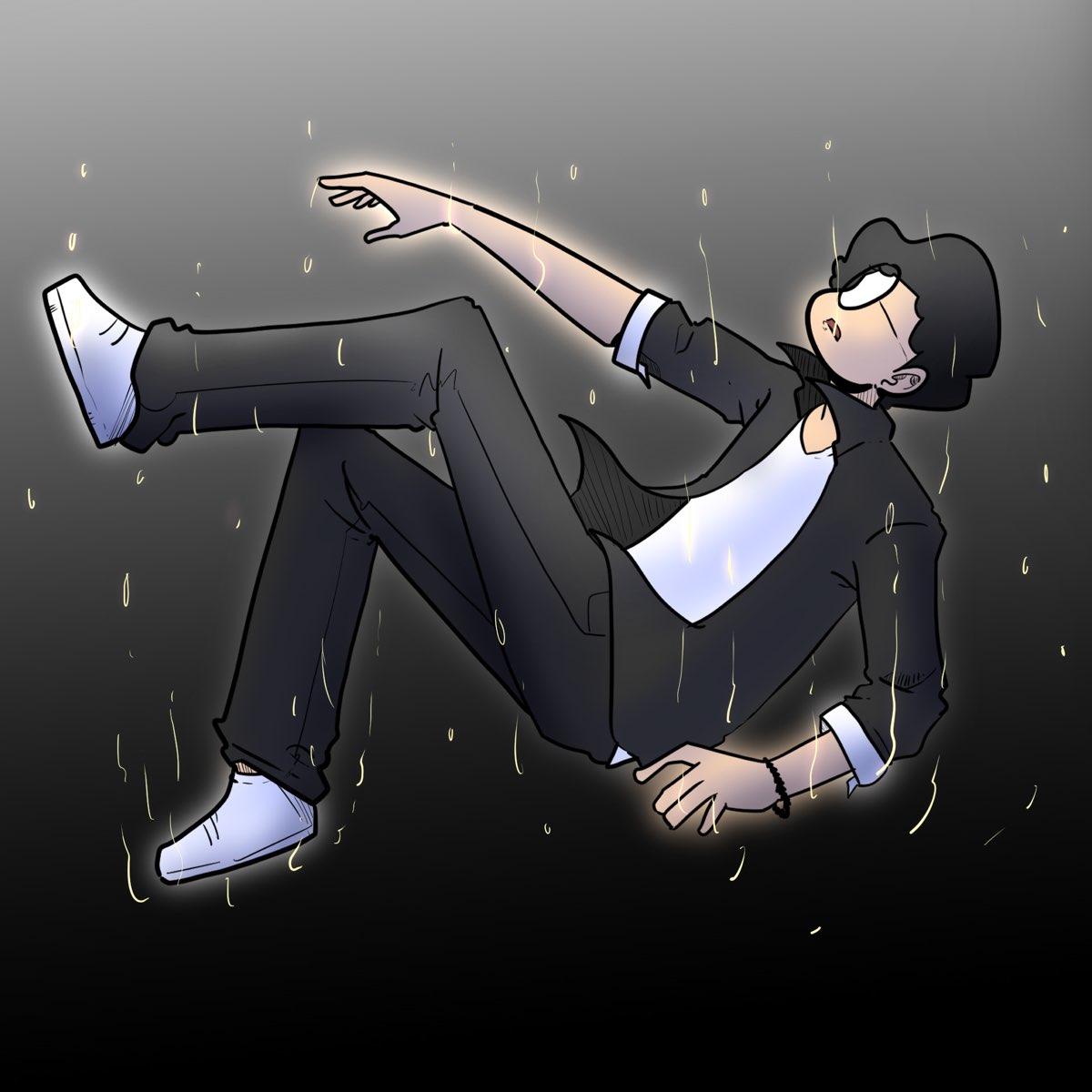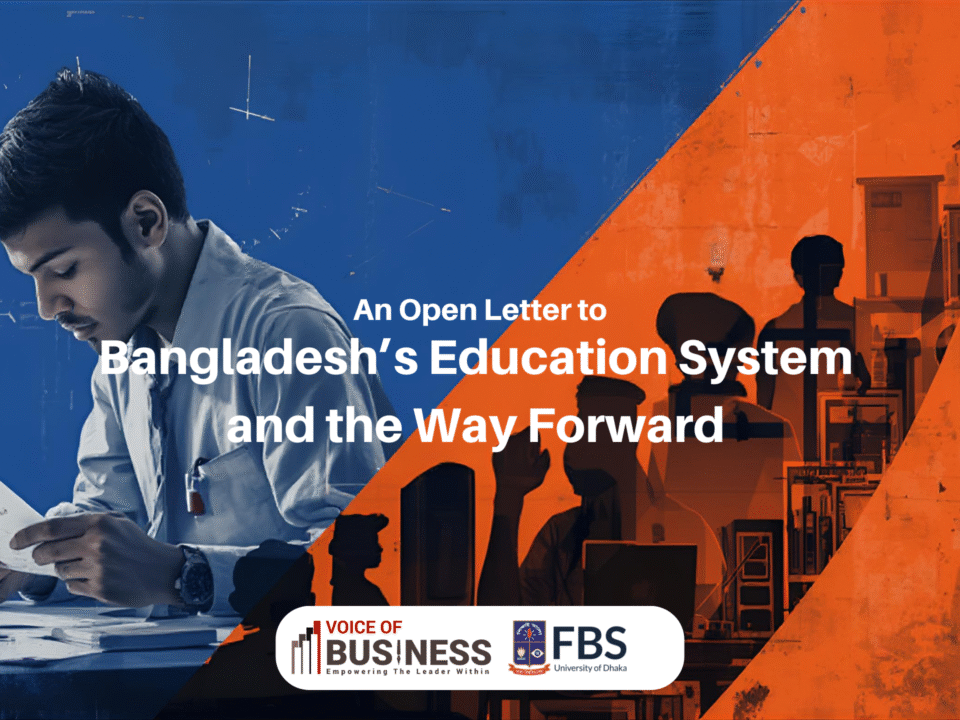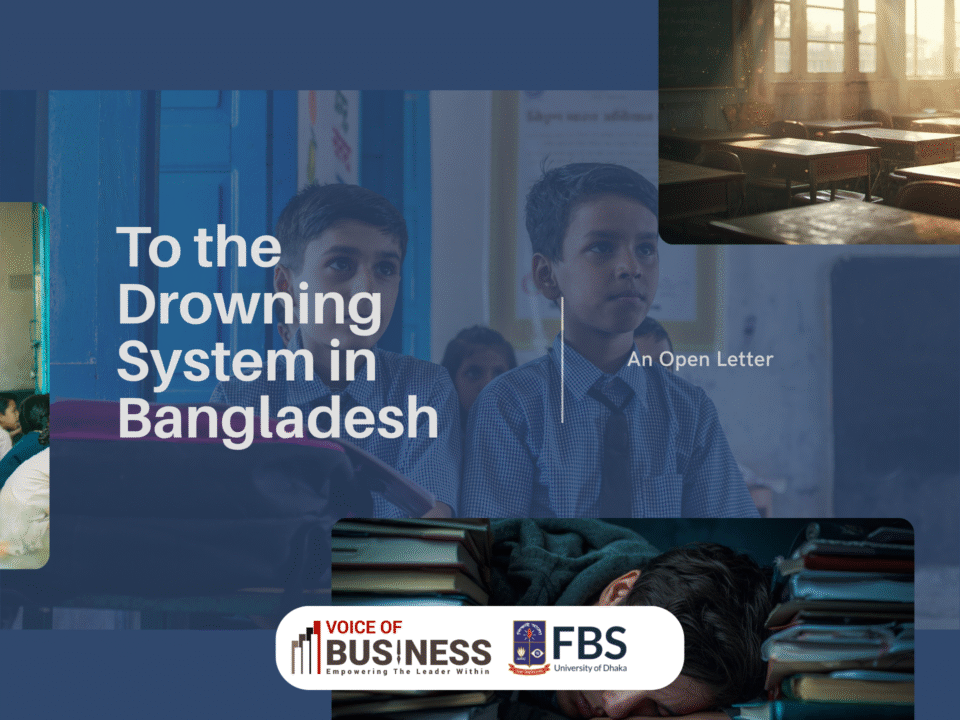Animation: an artistic exploration of expression

The Singing Robins of The Sundarbans
June 3, 2025
Artivist Dhaka’s Brushstrokes of Revolution
June 3, 2025Art is a language, it is emotion, and stories without using words. All the different piece has their own meaning, rhythm, and communication ideas which make the connection between an artist and a viewer. Art becomes the language of an artist.
There are many art forms. Animation is one of them. Animators use their creativity and imagination to bring characters, stories, and worlds to life. This requires a deep understanding of artistic principles like colour, composition, and movement. Animation serves as a powerful medium for social commentary, it allows the artists to express their views on societal issues, politics, and cultural norms.
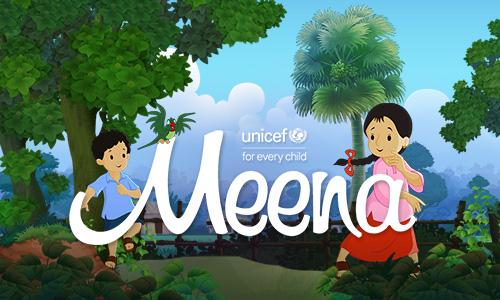
The history of animation as social commentary
The root of animation as a tool for social commentary can be traced back to early 20th-century work. Animators like Winsor McCay and Walt Disney used their platforms to address some burning social issues, albeit subtly. For instance, Disney’s “Fantasia” (1940) incorporated themes of war and peace during a time of global conflict. However, even in these early works, social themes can be noticed. After the medium matured, animators began to eagerly address social and political issues. For example, Disney’s unforgettable “Dumbo” (1941) which criticized social preconception, while Warner Bros.’ Looney Tunes often contained wartime propaganda.
Context of Animation in Bangladesh
Animation in Bangladesh has a relatively young history, with significant developments occurring over the past two decades. Bangladeshi animation traces its origin to the 1980s, when the National Institute of Mass Communications started to offer courses on animation. Initially, animation was primarily used for entertainment, particularly in children’s programming. However, as digital technology became more accessible and the internet more pervasive, Bangladeshi animators began exploring the medium’s potential for more profound storytelling and social critique.
Different Bangladeshi animation
The first major animation project in Bangladesh was a cartoon series titled Meena, developed as part of some social awareness programs in partnership with UNICEF. This animated series addresses issues such as girls’ education, early marriage, and child labour. Through the character of Meena, a young girl who challenges societal norms, the series educates and inspires change among its viewers.
Bangladeshi animators have also created short films and animatics that tackle various social and political issues. These works, often shared on social media platforms, reach a wide audience and spark discussions. For example, animations depicting the plight of the Rohingya refugees or highlighting the impact of climate change on rural communities have garnered significant attention and influenced public discourse.
The Adventures of Montu Miah” is a series of animated shorts created by the UK-based Bangladeshi artist and filmmaker, Ehsan Kabir. The series often highlights the struggles and experiences of immigrants, particularly those from Bangladesh. It portrays the cultural adjustments, identity conflicts, and societal challenges they face in a foreign land.
Animator of this time
Antik Mahmud is a notable animator known for his impactful work that often focuses on social issues and commentary. His animations are characterized by a blend of artistic creativity and a deep engagement with societal themes.
Shamima Sraboni is another famous animator. Antik Mahmud and Shamima Sraboni are individual animators known for their distinctive contributions to social commentary through their respective works. Each brings a unique perspective and artistic style to their animations, addressing societal issues in thought-provoking ways. Mahmud and Sraboni use their animations to explore and critique various aspects of society, offering insights and raising awareness through their creative expressions. Their approaches contribute to a broader dialogue on social issues, making significant impacts within the realm of animated storytelling and commentary.
Challenges and Limitations
Despite its potential, animation in Bangladesh faces several challenges. Limited funding and resources constrain production quality and scope. Additionally, censorship and political pressure can stifle creative expression, particularly when addressing sensitive issues. The market for animation remains small, with few dedicated platforms for animators to showcase their work. However, the growing interest in digital content and the proliferation of online platforms offer new opportunities for animators to reach audiences both domestically and internationally.
The Future of Animation in Bangladesh
The future of animation in Bangladesh is promising, with increasing recognition of its value as a medium for social commentary. Investment in training and resources for animators, coupled with greater freedom of expression, can enhance the quality and impact of animated works. Collaborations with international organizations and participation in global film festivals can also help Bangladeshi animation gain broader visibility and support.
Conclusion
Animation in serves as a medium for artistic expression and social commentary. By addressing social issues, critiquing political situations, and reflecting cultural identity, animation has the power to influence public opinion and inspire change. While challenges remain, the continued growth and evolution of animation in Bangladesh hold significant potential for contributing to the country’s social and political discourse. As animators push creative boundaries and leverage new technologies, animation will undoubtedly play an increasingly vital role in shaping Bangladesh’s future.
Author: Kaushiky Saha
Reference
- The Daily Star, 2022. A Glimpse into the Animation Industry of Bangladesh. [online] Available at: https://www.thedailystar.net/shout/news/glimpse-the-animation-industry-bangladesh-2188461 [Accessed 22 Jun. 2024].
- The Daily Star, 2023. How the Animation Industry in Bangladesh is Growing. [online] Available at: https://www.thedailystar.net/tech-startup/news/how-the-animation-industry-bangladesh-growing-3466961 [Accessed 22 Jun. 2024].
